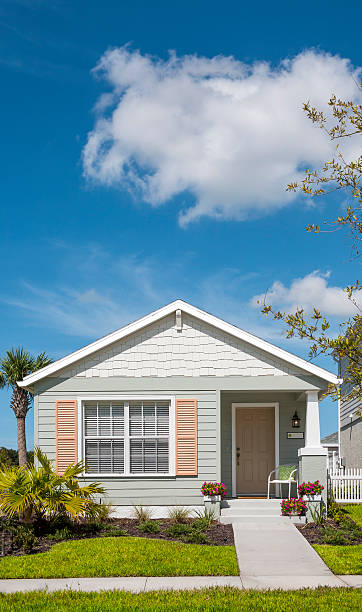The Transformation in Real Estate: The Boom of Micro Units
The real estate industry is witnessing a surprising turn of events: the rise in popularity of micro units. These small, compact, yet fully functional living quarters are increasingly becoming the choice of urban dwellers. This article delves into the world of micro units, their appeal, and what this means for the real estate market.

A Brief History of Micro Units
Micro units, also known as micro apartments or studio apartments, are not a new concept. They originated in highly urbanized areas where space was at a premium, such as New York City and Tokyo. Micro units typically range from 200 to 400 square feet, offering a compact yet fully functional living space.
The Resurgence of Micro Units
In recent years, there has been a surge in the popularity of micro units, particularly among urban dwellers. This can be attributed to a number of factors. Firstly, they are often more affordable than traditional apartments, making them an appealing option for young professionals and students. Secondly, with the rise of minimalist living and sustainability trends, many individuals are choosing to downsize their living spaces in favor of a simpler lifestyle.
The Financial Implications of Micro Units
From an investment perspective, micro units can offer a higher return on investment (ROI). They typically have a lower purchase price and can be rented out at a relatively high rate per square foot, hence generating a higher yield. However, investors should be aware of the potential challenges, such as the limited target market and the potential for higher tenant turnover rates.
The Impact of Micro Units on the Real Estate Market
The increasing demand for micro units is reshaping the real estate market. Developers are now focusing on building more micro-unit buildings to cater to this growing market. This shift can also influence property values in urban areas, potentially leading to increased property prices.
The Future of Micro Units
Looking ahead, the trend of micro units is expected to continue, particularly in densely populated urban areas. As cities become more crowded and property prices continue to rise, the demand for compact, affordable housing options like micro units will likely increase. This presents a unique opportunity for investors and developers to capitalize on this growing trend.
In conclusion, micro units are more than just a passing fad, they reflect a shift in lifestyle choices and housing needs. As the real estate market continues to evolve, staying abreast of such trends can offer valuable insights for both buyers and investors.




